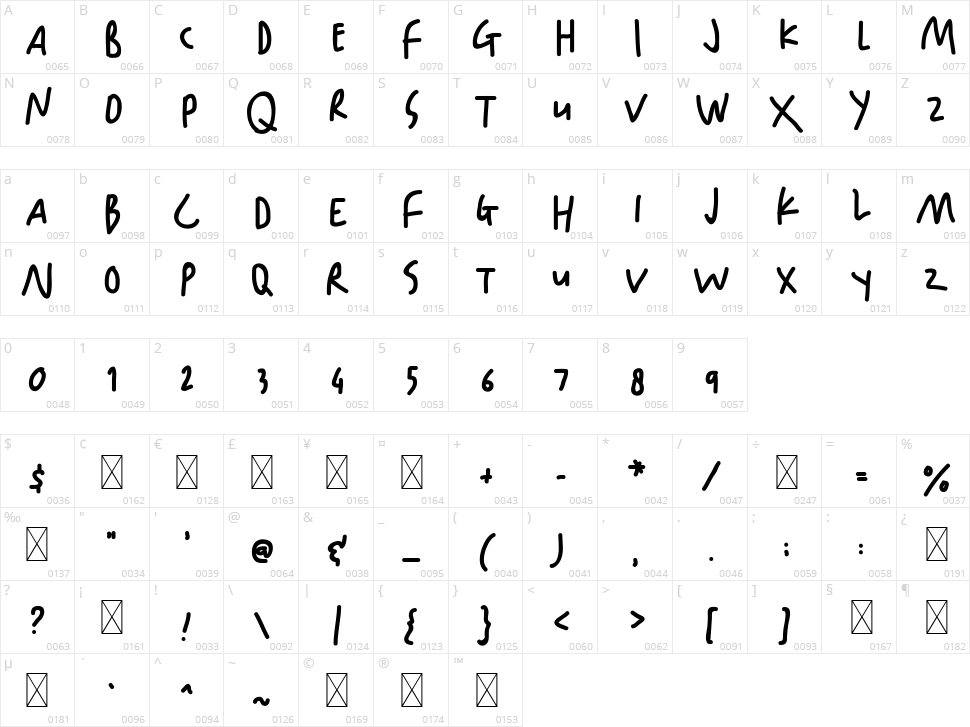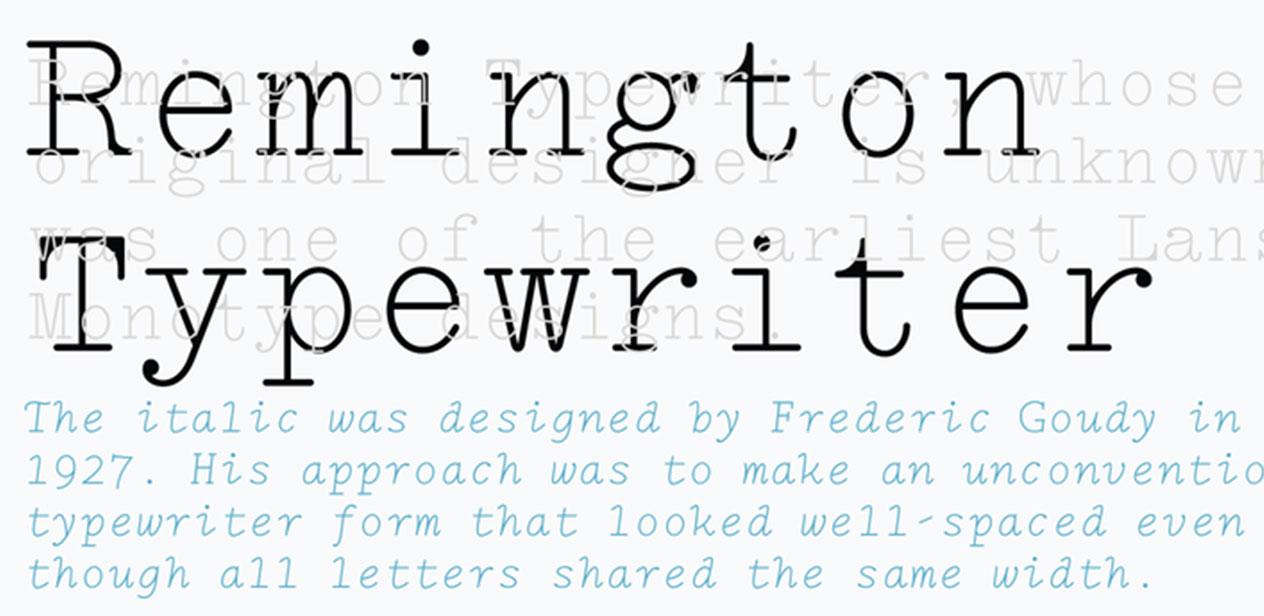
You can see that the first two n’s have a counter of 4 pixels, while the following n’s show a counter of 5 pixels. This is an enlargement of the same n typed several times. So, typing the same letter several times can yield different pixel renderings. PostScript hinting does not normalize glyph widths. And secondly, more consistent vertical metrics, i.e., a sharp baseline, x-height, cap height, etc. PostScript hinting aims to achieve two goals at low resolutions: firstly, a more consistent appearance of stems, i.e., the same number of pixels for similar stem widths. And a sharper, more consistent image of the letters on screen is what hinting is all about.

Research has shown that legibility increases if the shapes are sharp and consistent, rather than a fuzzy anti-aliasing.


Hinting is all about distorting your shapes so they better fit onto the pixel grid. Some people think that hinting was all about better preserving shapes on the screen.
#Fonts that hint speediness software
This is done by inserting ‘hints’ into the vector data: They help the rasteriser (the software that creates the pixel image of our letter shapes) decide whether something is an important stem and must therefore be retained even when only a few pixels are available for displaying the whole glyph. PostScript Hinting is a technology that makes a CFF-based font appear more consistent and uniform in a low-resolution environment.


 0 kommentar(er)
0 kommentar(er)
